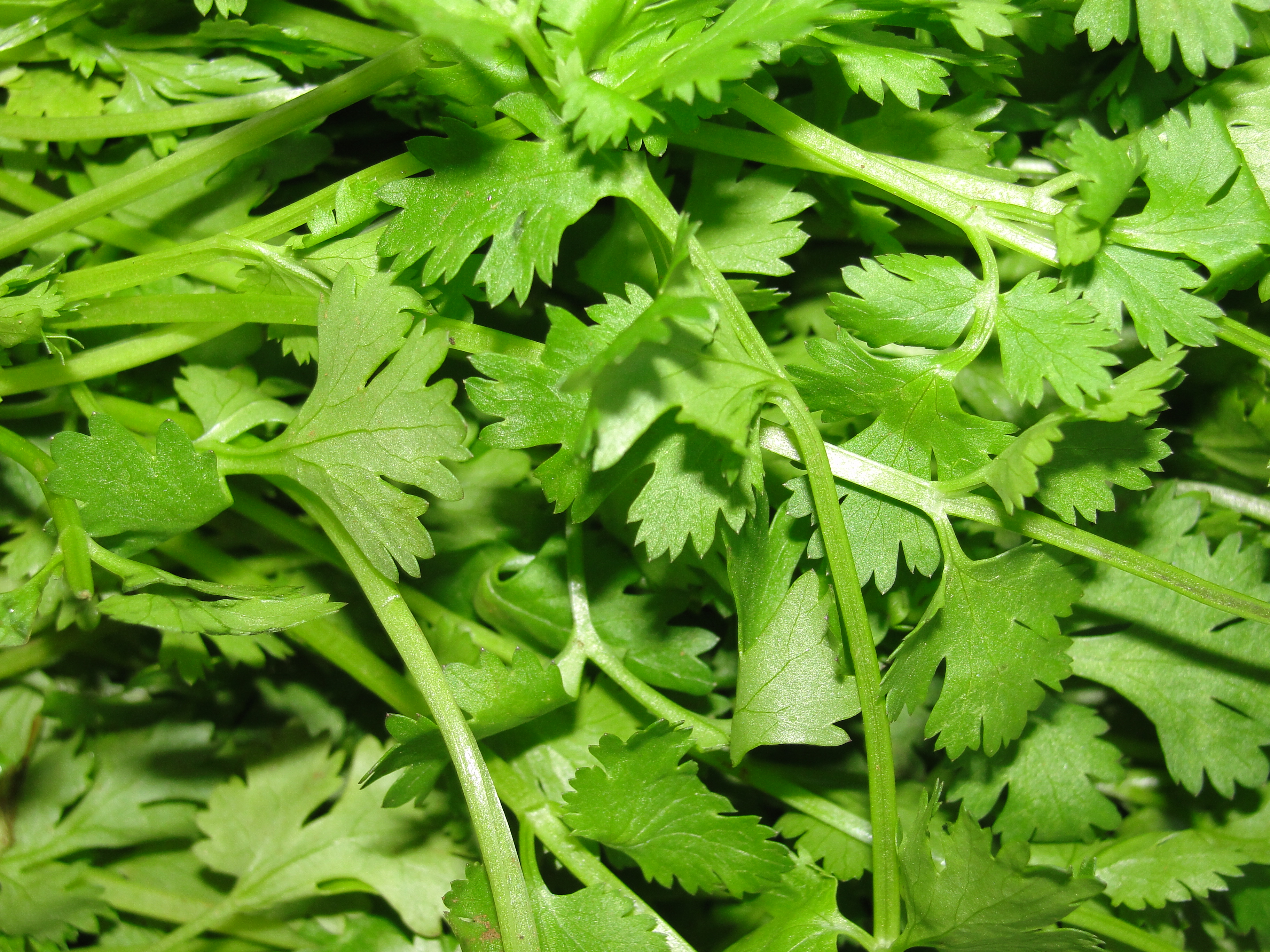Description
Cilantro and coriander come from the same plant. This is an aromatic herb with feathery leaves and large white umbrella flower heads. In Sri Lanka, it is a popular herb used in many traditional dishes and Ayurvedic medicine.
Planting requirements
Planting season: Best planted during months of October to February. In temperate climate zones and sub-tropical to tropical zones.
Planting conditions:
| Propagation | Seeds. Choose high-quality coriander seeds. You can collect seeds from mature plants or purchase them. Cuttings. Take healthy stems about 7-10 cm long from an existing coriander plant. Ensure you cut just below a node where leaves grow |
|---|---|
| Planting method | Gently crush and sow seeds 1 cm (1/4 inch) deep, keeping them moist. Plant in rows or spread and rake. Alternatively, root cuttings can be put in water under indirect light, transplanting after a week when roots develop. In Sri Lanka, direct sowing is preferred due to cilantro's sensitivity to transplanting |
| Soil | Requires well-drained soil with a pH level of 6.2 to 6.8. Add compost or well-rotted cow manure to improve soil fertility |
| Water | Keep the soil well watered but make sure it is well drained. Water deeply once or twice a week, depending on weather conditions |
| Light | It is heat sensitive. Needs warm weather but not too harsh sunlight |
Growing conditions:
| Temperatures | Thrives well in temperatures between 17° to 27°C |
|---|---|
| Soil | Mulching is needed to prevent the soil from drying out. Coriander does not need additional nutrients. Keep soil consistently moist but not waterlogged |
| Water | Water the seedlings regularly throughout the growing season. Needs about 1 inch of water per week for best growth |
| Pruning | Pinch back flower stalks to encourage bushier growth and more leaves |
| Weed control | Regularly weed around the plant |
Harvesting
The best way to harvest surplus plants is to pull them up or cut them. Harvest leaves as soon as they appear, as they become bitter with age. For seeds, harvest when they turn brown.
Curing
For leaves: Wash and dry thoroughly before storing in an airtight container in the refrigerator for up to two weeks.
For seeds: Harvest on a dry day, tie stalks in bundles and hang upside down to dry in a well-ventilated area.
Storage
For leaves: Dried leaves can be stored in the freezer for up to six months.
For seeds: Store dried seeds in an airtight container
Protecting your plants
Pest control
Pest type:
- Aphids
Symptoms:
- Small, soft-bodied insects (usually green or yellow) are found on the underside of leaves and stems.
- Heavy aphid infestations can cause leaves to yellow and develop distorted or necrotic spots, as well as stunted shoots.
- Aphids secrete a sticky, sugary substance called honeydew, which promotes the growth of sooty mold on the plants.
Control method:
- Pruning: If aphids are limited to a few leaves or shoots, prune them out to control the infestation.
- Check Transplants: Inspect transplants for aphids before planting.
- Reflective Mulches: Employ silver-colored plastic mulches to deter aphid feeding.
- Water Spray: Use a strong jet of water to dislodge aphids from sturdy plants.
- Best Control Methods: Use insecticidal soaps or oils (e.g., neem or canola oil) for effective treatment.
Disease Control
Disease type:
- Bacterial Blight
Symptoms:
- Lesions may occur on all plant parts and initially appear as dark brown/black necrotic spots with a water-soaked margin.
- Leaf spots are often angular and confined by veins, clearly visible from both sides of the leaf.
- As the spots develop, they may merge into larger, blighted areas, depending on conditions.
- Individual spots are often surrounded by chlorosis (yellowing), and severely affected leaves exhibit yellowing and premature senescence.
- Older spots may develop a pale tan center with a darker margin.
Management:
Coriander bacterial blight is difficult to control once established and symptoms are widespread. The most effective management is using clean seed that has been tested and meets minimum seed health standards.
